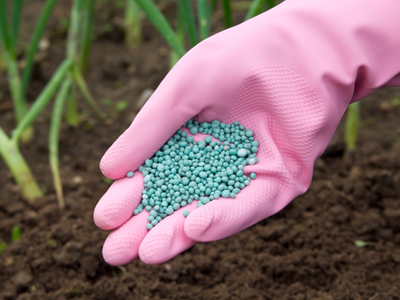
Production of Ammonia 2
This Chemistry quiz is called 'Production of Ammonia 2' and it has been written by teachers to help you if you are studying the subject at high school. Playing educational quizzes is a user-friendly way to learn if you are in the 9th or 10th grade - aged 14 to 16.
It costs only $12.50 per month to play this quiz and over 3,500 others that help you with your school work. You can subscribe on the page at Join Us
The production of ammonia is one of the important industrial processes that you need to know about for your high school Chemistry exam. Ammonia is used to make many other materials such as nitric acid, explosives, nitrogen containing organic chemicals and fertilizers. Without the fertilizers made using ammonia, the world would probably not provide enough food to support the human population. It is used directly in many other products and processes including industrial fermentation and household cleaning products.
RHS: 4
RHS: 2
RHS: 4
RHS: 2
Ammonium hydroxide + nitric acid → ammonium nitrate + water
Ready for more?
not all...
quizzers. Try to win a coveted spot on our Hall of Fame Page.







